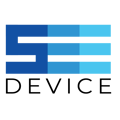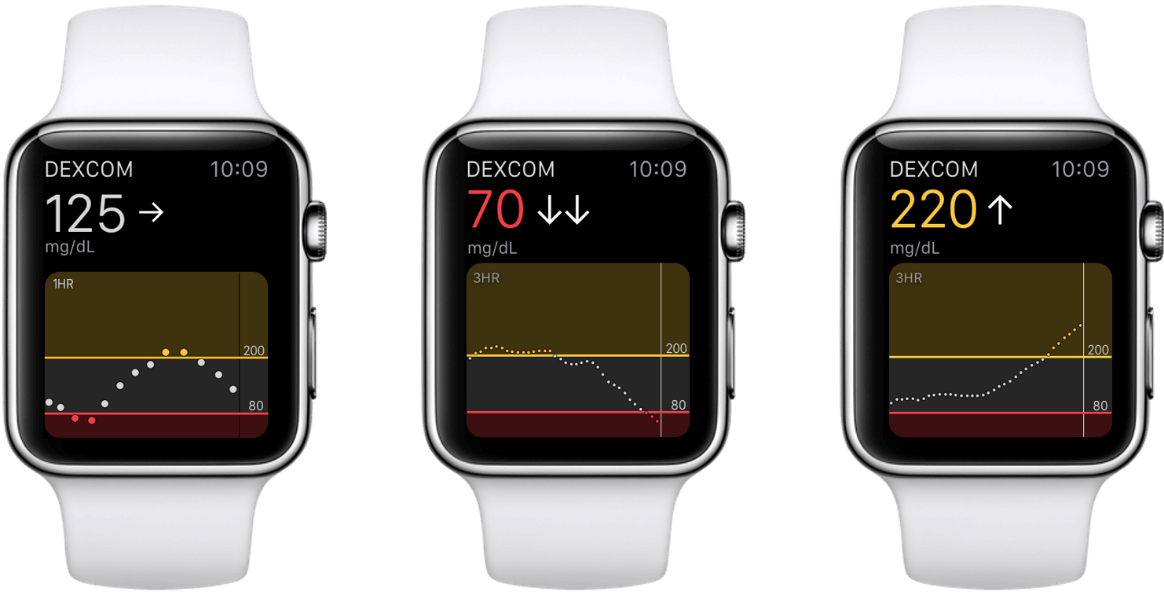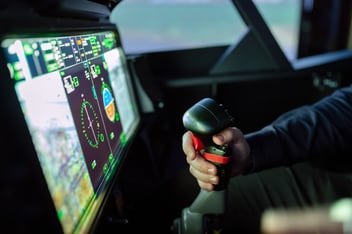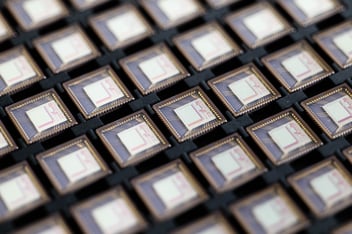Applying SWIR to Continuously Measure Glucose Noninvasively
As the global population continues to grow along with economic disparity, we have seen a parallel growth of diabetes diagnoses particularly among those aged 20-79. 90% of the diabetic population have type 2 diabetes, with drivers like socioeconomics, environment, and genetics contributing to this alarming number. Much of the population live in middle and low-income areas, rendering healthy and active lifestyles unsustainable and with less access to healthcare many are unaware that they even have diabetes. Preventative measures can be out of reach for most and have helped contribute to the growing number of diabetes cases. According to the International Diabetes Foundation, it is predicted that by 2030, 643 million people will be living with diabetes and predictions of costs associated with diabetes care is estimated to hit an annual $12,022 in the US. New affordable resources for diabetes management need to be introduced to provide accessibility to everyone.
The current Glucose Monitoring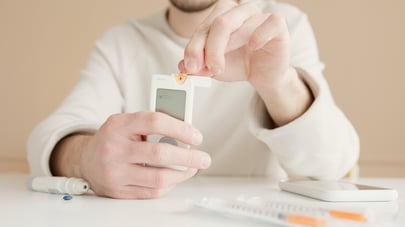 market is comprised of invasive and minimally invasive devices that rely on either finger pricking or patches that adhere to the skin but for these devices oftentimes the costs can amount too high and are either one time use or have a maximum use of 12-days. A glucose monitoring device could be life-changing for many people, especially those who are disenfranchised and cannot afford purchasing glucose devices every other week.
market is comprised of invasive and minimally invasive devices that rely on either finger pricking or patches that adhere to the skin but for these devices oftentimes the costs can amount too high and are either one time use or have a maximum use of 12-days. A glucose monitoring device could be life-changing for many people, especially those who are disenfranchised and cannot afford purchasing glucose devices every other week.
Immense research has been conducted into ways of measuring glucose noninvasively with many using spectroscopy, Raman scattering, or microwave technologies. The three methods mentioned record glucose data by using either light or microwave signal emission to measure how much is being absorbed or reflected by the glucose molecules. The only difference is that microwave sensors do not use optics for measurements but rather antennas while Raman scattering, and spectroscopy utilizes optic sensors. The drawback of using any of these methods is that many have reduced accuracy rates because they are prone to interference or bias from varying body compositions.
Image of glucose monitoring on an Apple watch courtesy of Dexcom
Addressing the mentioned drawbacks, SeeDevice has begun significant research efforts into applying the QMOS™ sensor to optically measure glucose levels. Acceptable accuracy results were reached for the NI-CGM (noninvasive continuous glucose monitoring) device that captures glucose data via finger clip. Accuracy was measured by comparing the glucose measurements obtained from the NI-CGM device and a standard glucometer utilizing the finger-pricking method. The goal for the NI-CGM device is to commercialize it at a low-cost so that it is more accessible to the general population while also providing an immensely longer use-life than existing glucometers. Addressing the economic burdens faced by diabetics is the first step to managing this debilitating disease.
